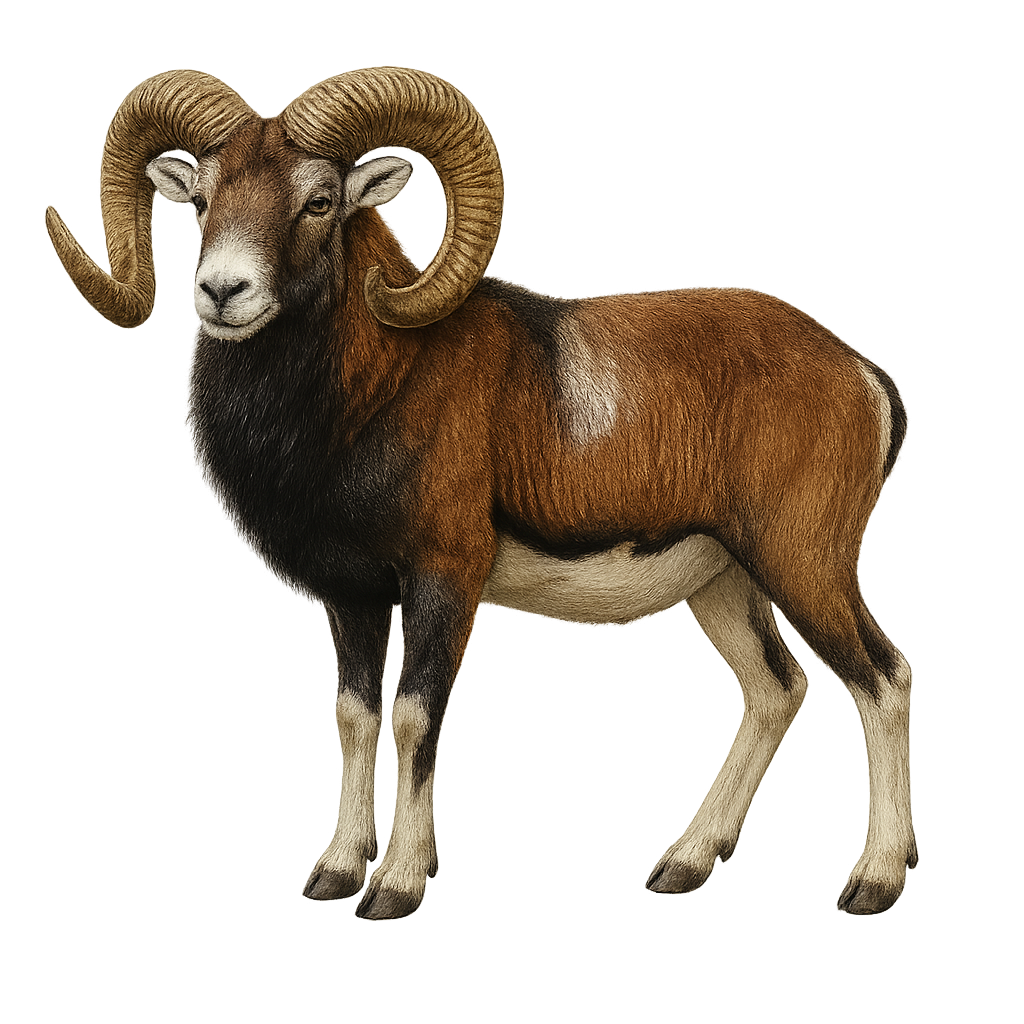Your wildlife photography guide.
Explore the armenian mouflon in detail, study its behavior, prepare your shots.
Where to observe and photograph the armenian mouflon in the wild
Learn where and when to spot the armenian mouflon in the wild, how to identify the species based on distinctive features, and what natural environments it inhabits. The WildlifePhotographer app offers tailored photography tips that reflect the armenian mouflon’s behavior, helping you capture better wildlife images. Explore the full species profile for key information including description, habitat, active periods, and approach techniques.
Armenian Mouflon
Scientific name: Ovis orientalis gmelini

IUCN Status: Near Threatened
Family: BOVIDAE
Group: Mammals
Sensitivity to human approach: Suspicious
Minimum approach distance: 50 m
Rut period: October to November
Gestation: 150-160 jours
Births: March
Habitat:
Rocky mountains, alpine meadows, sparse forests
Activity period :
Primarily active during the day, with peak activity in the morning and late afternoon.
Identification and description:
The Armenian Mouflon, Ovis orientalis gmelini, is a medium-sized mammal belonging to the Bovidae family. It is characterized by its spiral horns, more developed in males than in females. Its coat is generally brown with lighter shades on the belly and legs. This mouflon is mainly found in the mountainous regions of Armenia and Iran, where it adapts to rugged terrains and variable climatic conditions. It lives in herds, often separated by sex, and primarily feeds on grasses, herbs, and shrubs. The Armenian Mouflon plays an important ecological role as an herbivore, contributing to the regulation of vegetation in its natural habitat.
Recommended lens:
400 mm – adjust based on distance, desired framing (portrait or habitat), and approach conditions.
Photography tips:
To photograph the Armenian Mouflon, it is advisable to use a telephoto lens of at least 400mm to capture detailed images without disturbing the animal. The best opportunities arise early in the morning or late in the afternoon when the light is soft and the mouflons are more active. Be patient and discreet, positioning yourself at a safe distance of at least 50m to avoid scaring them. Opt for high-angle shots to capture the mouflon in its natural habitat, highlighting the surrounding mountainous landscapes.
The WildlifePhotographer App is coming soon!
Be the first to explore the best nature spots, track rutting seasons, log your observations, and observe more wildlife.
Already 1 429 wildlife lovers subscribed worldwide

